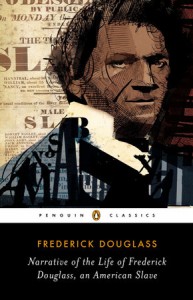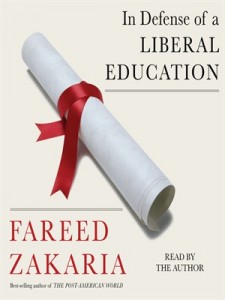
We all have triggers. One of mine has been triggered far too often lately, and it’s time for me to speak out.
I moved a lot as a youngster. During my formative years, I lived in a rural, agricultural part of California. As an early adolescent, I worked in the fields alongside a lot of migrant workers. In fact, I was the only American-born citizen in my cohort. Almost all of my coworkers were Filipino — they didn’t talk much about how they made it to this country, but they did share that the journey was horrendous for them. Others came up from Mexico.
We lived near the coast. Left over from WWII was a primitive notification system among farms originally created to warn everyone of a (potential) Japanese invasion. It still worked in the 1960s and was used for warnings about impending border patrol raids.
I worked for John Dias and Sons in Pescadero, California. One day, John received a warning and the entire crew went into action. We all gathered in “the factory,” a huge Quonset hut where the flowers John grew were sorted, wired, laid out on trays, dried, bunched and packed for shipping. The packing boxes were cardboard and referred to as coffins. As the product was so light, even when the boxes were full, workers would just toss them into the center of the Quonset hut and stack them up nearly to the ceiling. It was a disorderly mess.
When the warning came, the undocumented workers on the crew were all hidden. Some climbed into the cardboard coffins and others curled into crates, and we covered them with fresh, wet flowers. Every U.S. citizen had to be busy “working” when the patrollers came — this meant the owners, their relatives and I hustled around the edges of the Quonset hut. I was laying flowers out in trays, sorting by color and trying hard not to uncover a man who was laying under my workbench, literally at my feet.
I wasn’t prepared for what happened next.
The border patrol team burst into the Quonset hut all dressed in black and wearing face shields. This was in the days before SWAT teams, and I had never seen anything like them. I thought they were the most frightening men I had ever seen. They carried long, sharp knives. Moving quickly, quietly and with brazen determination, they started poking and slicing whatever they felt like.
I was completely terrified that someone would be severely harmed right in front of my eyes. We were lucky. We were all so lucky. None of the patrollers struck actual human beings, and they left as fast as they had stormed in, with nothing in hand, hoping to surprise another farm and haul in a lot of “illegals.”
I still haven’t recovered. My heart races and my body tenses to this day, just at the thought of it. Fifty years after the fact, it still makes me cry.
Now, we are living again in a time when fear of immigrants is becoming more dominant.
Immigrants are often seen as threatening though most are hardworking, law abiding, loving of their families and trying desperately to “make it,” while working at menial jobs for low wages without compliant.
We need to respect these individuals. Whereas some Americans may like to argue about what rights undocumented immigrants do and don’t have, I urge you first to consider all of them as fellow human beings. One of the reasons they came to America is that we are a land living under the “rule of law.” This is a value that they value perhaps more than we do. I, for one, cannot fathom how we can deny basic human rights to anyone nor can I fathom how or why border guards — paid for with our taxes — can trespass, assault, threaten and potentially harm this country’s citizens with impunity.
Perhaps our border guards don’t do this today. If so, let’s make sure they don’t start. The fear my trigger carries should be a fear that no other individual should have.
We need to protect our citizens and one way to do that is to protect everyone within our borders. We need to make sure our laws are implemented fairly and without prejudice. We need to be sure that irrational emotions never outstrip the wisdoms of thought, care, deliberation and rational decision-making.







 This holiday season, I received
This holiday season, I received 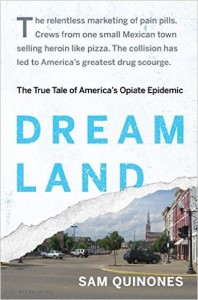

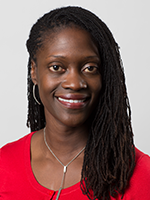
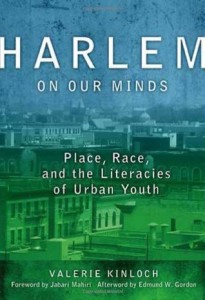 This month, I highlight an award-winning book by Valerie Kinloch, our new associate dean for the EHE Office of Diversity, Inclusion and Community Engagement (DICE). This is an ambitious book with an ambitious agenda; a book about the struggle of the urban underclass and the ways in which gentrification disempowered black young people in Harlem.
This month, I highlight an award-winning book by Valerie Kinloch, our new associate dean for the EHE Office of Diversity, Inclusion and Community Engagement (DICE). This is an ambitious book with an ambitious agenda; a book about the struggle of the urban underclass and the ways in which gentrification disempowered black young people in Harlem.